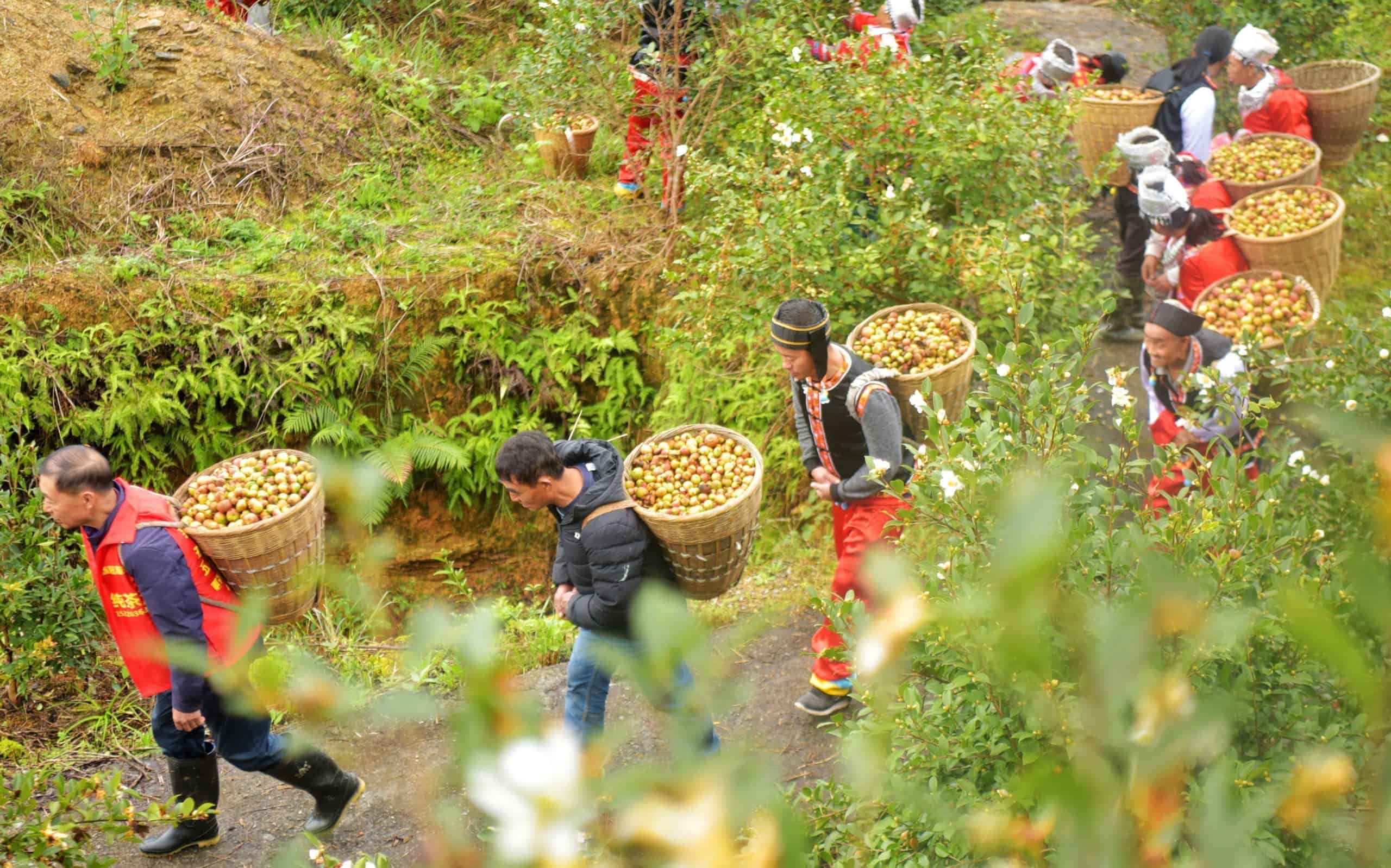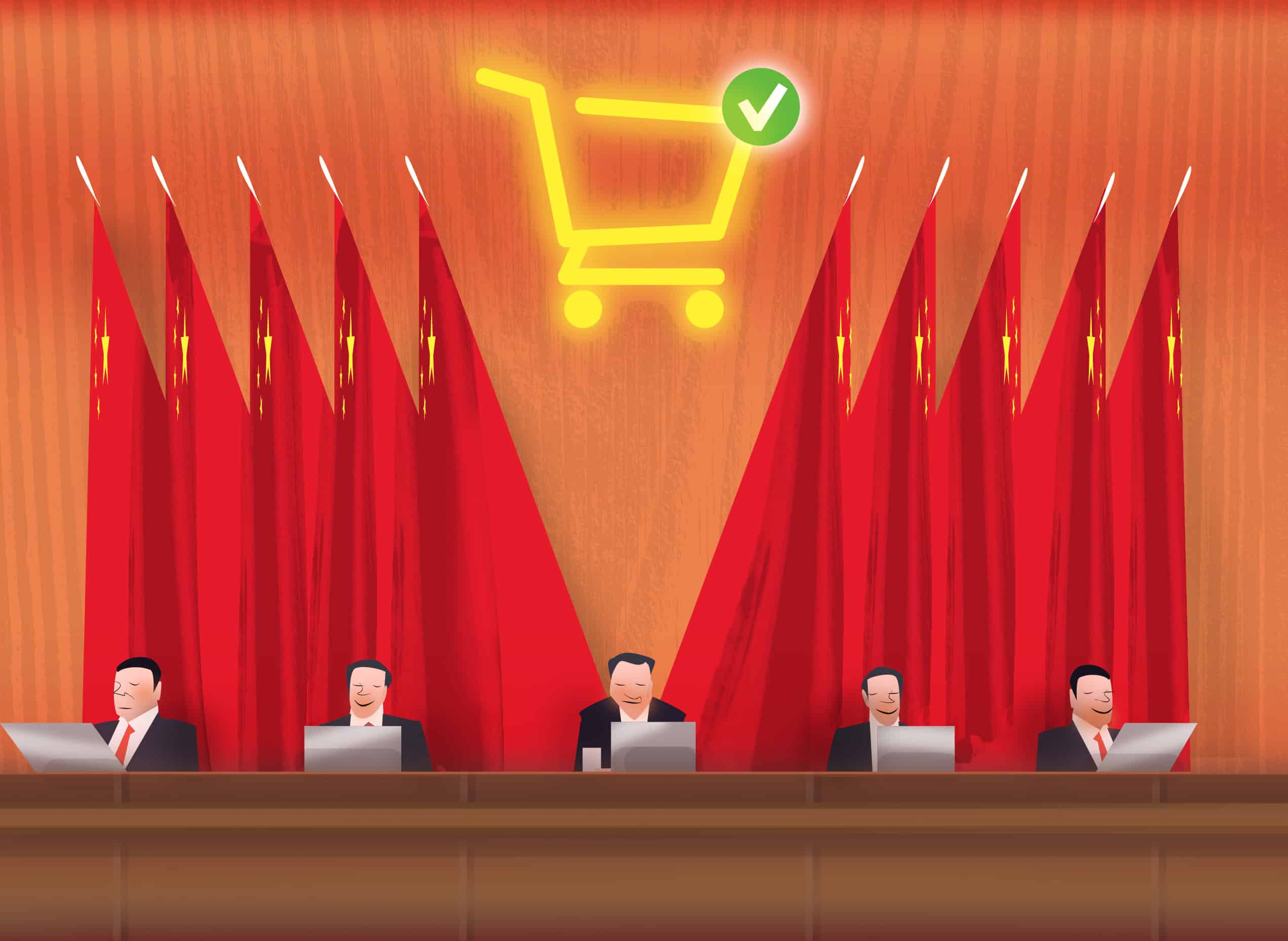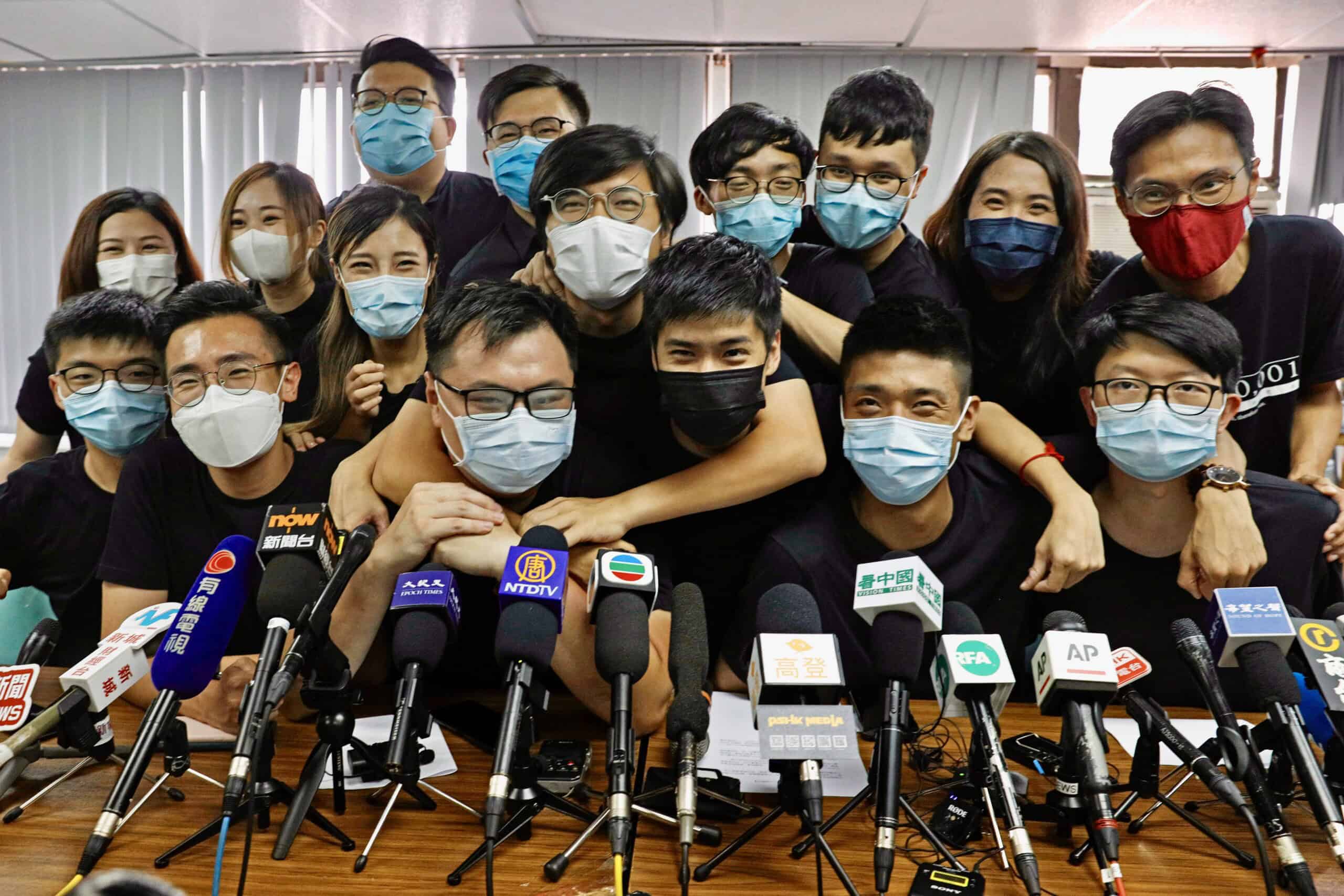
A year ago, the Chinese government announced that it had eliminated absolute poverty in China, a month before President Xi Jinping’s self-imposed deadline for achieving his signature aim. To meet this goal, the central government has spent tens of billions of dollars — almost $21 billion in 2020 alone — steadily ratcheting up anti-poverty spending every year this century.

But where has all of this money gone? Much attention has focused on the campaign’s impact on individual residents via the construction of new homes, food donations, and controversially, forced relocation of rural residents.
But companies, not individuals, have arguably benefited the most in financial terms. A review of company registrations carried out by The Wire found thousands of Chinese companies, ranging widely in value, with apparent links to the poverty alleviation campaign. This week we examine what their existence reveals about how China’s anti-poverty effort has worked in practice.
GET RICH FIRST
“Let some people get rich first,” Deng Xiaoping famously proclaimed early on in China’s reform period. Since then inequality has ballooned, while incomes in much of the countryside have remained stubbornly low. Xi Jinping has partially repudiated Deng’s mantra as part of his “common prosperity” campaign, raising expectations of new welfare policies to help the country’s poor.
That, though, would represent a major change in the way Beijing has tackled poverty to date. In fact, the central government has for some time de-emphasized direct financial assistance and benefits to individuals — what Xi might call “welfarism,” which he warned against in a speech last month.
Instead, the central government’s “special poverty alleviation funds” have mostly gone to infrastructure and industrial companies, according to Camille Boullenois, a project leader at consultancy Sinolytics, whose recent research paper examines how such funds have been allocated in eight different counties across China. The research found that infrastructure projects like rural road and home construction accounted for the largest category of spending, followed by “industry-based poverty alleviation” (产业扶贫), which involves providing subsidies to local industries.
By channeling money to local private companies and cooperatives, the government’s aim has been to provide poor households with employment and dividends — essentially following the “trickle down” theory of wealth redistribution.
POVERTY ALLEVIATION, INC.
Enter the ‘poverty alleviation’ companies. Nearly 10,000 companies exist in China with the words ‘poverty alleviation’ in their registered title or in their business scope, according to a review by The Wire. About 90 percent of these companies were registered in or since 2015, the year that Xi set 2020 as the deadline to eradicate poverty. The companies vary widely in size: About 4,400 have registered capital in excess of 10 million yuan (about $1.5 million), 3,500 with 1-10 million yuan, and 1,900 with less than 1 million yuan.

Moreover, many of these companies are shareholders in other poverty alleviation-related organizations, such as cooperatives. It only takes five people to form such cooperatives: Once established, they operate with advantageous tax benefits and state subsidies.
These private companies and cooperatives have proved to be key intermediaries in the poverty alleviation campaign. By agreeing to hire workers from poor households in exchange for poverty alleviation funds from the government, they have become a major channel through which subsidies are funneled to those in need, while also creating employment.
But a side effect of this system has been the plentiful opportunities it has provided for embezzlement and fraud. In many impoverished counties targeted by Beijing’s poverty alleviation drive, the poverty alleviation funds can amount to as much, if not more, than the local government’s annual fiscal revenues.
Local businesses have thus had strong incentives to clamor for a piece of the pie: Often, it seems, they have not done this fairly.

“Having ‘poverty alleviation’ in the name was often a trick [for companies] to get subsidies,” says Boullenois, who conducted fieldwork in one impoverished county for her research. “Most of the companies I saw were not doing active poverty alleviation work.”
Another issue has been fraudulent cooperative registrations, according to John Donaldson, an associate professor of political science at Singapore Management University. His research shows that about 30 percent of Chinese cooperatives are in fact shell organizations with no actual members — organizations that have often been set up to benefit from state subsidies. Others engage in productive work but could more accurately be described as de facto private agribusinesses operating under the guise of a cooperative.
“[Cooperatives] also create a kind of legitimacy, in the sense that they’re not just an agribusiness — it brings out this imagination that there’s a lot of farmers involved,” says Donaldson.
CASE STUDY: PUDING COUNTY
Puding County in western Guizhou province was one of the last counties in China to remain on the impoverished list, until it was removed in mid-2019. Its case illustrates the dynamics behind the poverty alleviation campaign.
The details of Puding’s local poverty alleviation budget for the years 2018-2020 reveal that the vast majority of spending went towards infrastructure projects and industry-based poverty alleviation, while a tiny fraction went towards public services, including education, healthcare, and direct financial assistance.

The ground for this spending shift was laid from 2015 to 2017. During these years Puding reduced its spending on the so-called dibao (低保), a minimum living standard guarantee for people living below the poverty line. Over the same period, 18 new companies registered in Puding county to deliver ‘poverty alleviation.’ The decrease in direct financial assistance from the state, coupled with increased spending on industry-based poverty alleviation, reflects the shift in China’s poverty reduction strategy from social assistance to a trickle-down approach, according to Boullenois.
“This is the principle of trickle-down… that successful entrepreneurs can really help their communities through providing jobs, and therefore that China should be business friendly because it ultimately helps everyone,” says Boullenois.
“It’s the idea of ‘get rich first,’ which Deng Xiaoping initiated, so it’s not really new, but it’s still very much the case under Xi.”

Eliot Chen is a Toronto-based staff writer at The Wire. Previously, he was a researcher at the Center for Strategic and International Studies’ Human Rights Initiative and MacroPolo. @eliotcxchen



